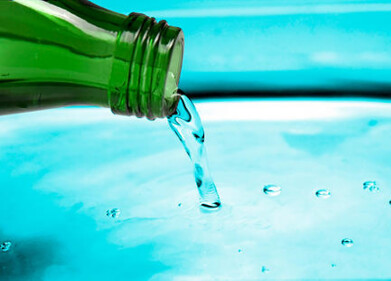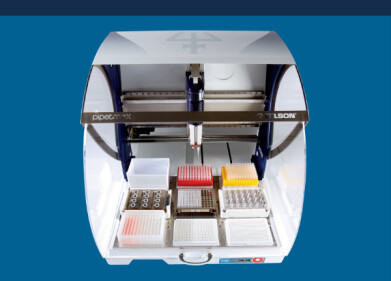-
 Disinfection control remains critical in ensuring the safety of your product.
Disinfection control remains critical in ensuring the safety of your product. -

Laboratory Products
Disinfection Control with Supelco® Analytical Products
Sep 27 2021
Do you know how to analyse chemical disinfectant parameters to ensure the safety of your production line after disinfection?
Facilities that are not disinfected effectively have more potential safety risks. Disinfection control remains critical in ensuring the safety of your product. However, the determination of chemical cleanliness requires instruments and means and not just the human eye.
Disinfection is the process of cleaning using compounds that either eliminate bacteria and other disease-causing organisms or reduce them to levels not harmful to health. Disinfection control is a key process in food manufacturing and is comprised of several steps: ensuring the correct concentrations of disinfecting reagents are used, checking that disinfection has been completed sufficiently and testing that it was accomplished without leaving contaminating residues. Disinfection control makes use of the chemical reactions caused by disinfectants to determine their absence or presence, or more precisely their concentration.
It is important to note that, in contrast, hygiene monitoring is a related and sometimes overlapping process that it is generally preventative. Hygiene monitoring also involves ensuring that cleaning procedures have been implemented adequately and that no contaminating residues remain, but additionally can involve allergen monitoring and prevention of microbial growth.
Both of these processes are critical in the food and beverage industry where preventing food-borne illnesses is a key objective in maintaining safe manufacturing. Here, we focus on disinfection control and how to navigate the numerous options in its methods and instrumentation.
Considerations in Choosing Disinfectants
One of the primary concerns in selecting a disinfectant is to maintain the quality of the final manufactured product. As such, a disinfectant in the food and beverage industry must not be toxic or leave toxic residues. It should also be fast-acting in order to minimise disruption to the manufacturing process. Additionally, it should not leave any odour or taste residue that could affect the end product. In order to facilitate the removal of any residues, it is for instance helpful if a disinfectant has good solubility so that it may be rinsed away after disinfection is complete.
The compatibility of the disinfectant with the equipment and methods used in manufacturing is also important. For example, it should work well on the type/material of the surface being disinfected without damaging the equipment. It should also be compatible in terms of other physical factors such as temperature and pH, remaining effective under the conditions it is used in.
Finally, the method of disinfection control required of a given disinfectant can also affect which disinfectant is chosen.
Thorough disinfection control testing of filling and processing equipment must be conducted to ensure that no disinfectant residues remain and subsequently contaminate the final food or beverage products. Ensure the safety of your production line after disinfection.
Listen to the webinar to learn the importance of Disinfection control of your production sites.
More information online
Digital Edition
ILM 49.5 July
July 2024
Chromatography Articles - Understanding PFAS: Analysis and Implications Mass Spectrometry & Spectroscopy Articles - MS detection of Alzheimer’s blood-based biomarkers LIMS - Essent...
View all digital editions
Events
ACS National Meeting - Fall 2024
Aug 18 2024 Denver, CO, USA
Aug 25 2024 Copenhagen, Denmark
Aug 28 2024 Phnom Penh, Cambodia
Sep 04 2024 Chiba, Tokyo, Japan
Sep 04 2024 University of Warwick, Coventry, UK









24_06.jpg)







